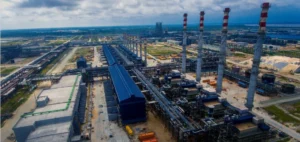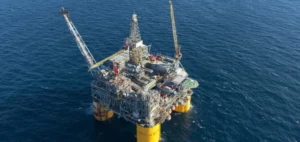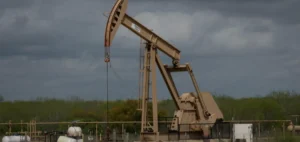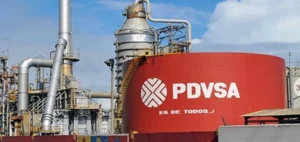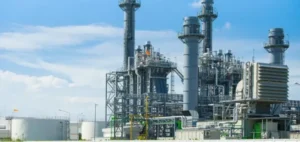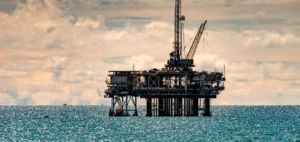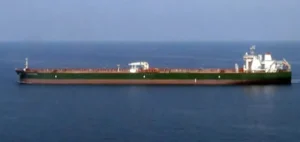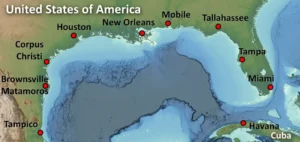The Organization of the Petroleum Exporting Countries (OPEC) increased its oil production in February, with Nigerian production picking up, according to a Reuters poll released on Tuesday. This increase occurred despite strict adherence by major producers to the OPEC+ alliance agreement to cut production to support the market. Here are the key takeaways from the survey.
An increase in oil production
The survey found that OPEC produced 28.97 million barrels per day (bpd) this month, up 150,000 bpd from January. However, production remains down by more than 700,000 bpd compared to September.
Nigeria recorded the largest increase in OPEC production in February, with 100,000 bpd, moving closer to the target of raising production to 1.6 million bpd this quarter. The second largest increase was recorded by OPEC’s second largest producer, Iraq, which increased its exports from the south this month.
A drop in production that is not enough to reach the objective
Members of OPEC and its allies, OPEC+, increased production throughout 2022 as demand recovered from the pandemic. But in November, with oil prices falling, they decided to reduce the OPEC+ production target by 2 million bpd, of which about 1.27 million bpd was to come from the 10 OPEC member countries. This target remained in place for February.
However, production remains well below target quantities, as many producers, notably Nigeria and Angola, do not have the capacity to pump at agreed levels. The 10 OPEC members required to cut production pumped about 880,000 bpd less than the group’s target, according to the survey.
Disruptions caused by an earthquake in Turkey and Syria
The survey also revealed that exports from the north, via the Turkish port of Ceyhan, were briefly disrupted by the earthquake that hit Turkey and Syria.











